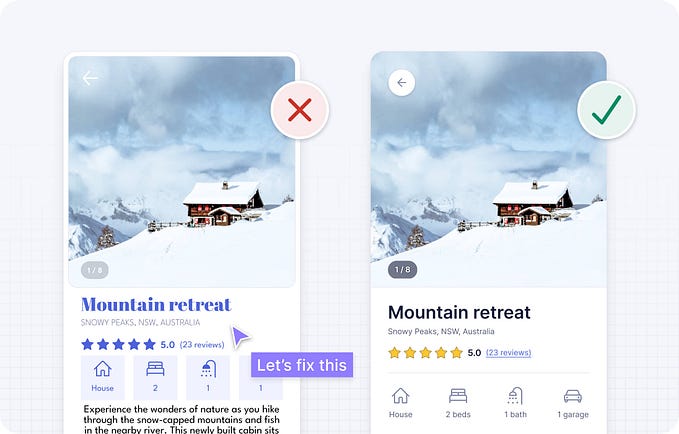Here’s how to dogfood like the top companies in the world
So, we have a significant problem here; people are not emotionally honest enough to really tell us what they want or even know what they want. I’ve met many people who said they never use their company’s product, and they’ve never been encouraged to.
Dogfooding is a tech term meaning watching your employees using your software. It’s not enough to stay ahead of the curve today. But it is an excellent opportunity to get regular practice user testing.

Back in the 1970s, dog food was low quality. Who didn’t know what they were getting in the can? There was a rumour of the CEO of one pet food company eating dog food in investor meetings to prove that it was healthy.
But one thing we know for sure is that the CEO of Alpo Pet Foods used to advertise like this. “Our pet food is so good, and I feed it to my dog.”
Why am I telling you any of this?
Well, you see, if the CEO of Alpo wants to change the recipe or check the standard of a single can, he can just put the food on the floor and see how the dogs respond.
Microsoft
The idea originated in television commercials for Alpo brand dog food; actor Lorne Greene would tout the benefits of the dog food and then say it’s so good that he feeds it to his dogs. In 1988, Microsoft manager Paul Maritz sent Brian Valentine, test manager for Microsoft LAN Manager, an email titled “Eating our own Dogfood,” challenging him to increase internal usage of the product.
Microsoft does not make dog food, but they do make software and what they decided to do was simply get their staff to use the Microsoft products and observe them from afar.
The Microsoft employees are now entirely unaware that they are giving feedback on how they use it. As a result, Paul Maritz and Brian Valentine do not have to worry about the emotional dishonesty of how people respond to these questions.
Now, they simply have to worry about how accurately they interpret people’s actions. More on this in a future module became known in the software design industry as dogfooding. There are many success stories and, of course, many failure stories, too.
Google Buzz
Google Buzz, the social network nobody is on because it failed. Google Buzz was being used by 20000 Google employees before anybody outside of Google even got to see it. If you look at the feature list, it says automatically follow the people you email and chat with the most in Gmail. And it turns out nobody wanted this.
Why did the Google Buzz fail then? Well, Google Buzz was not dogfooding. Google Buzz was focus grouping, and it was focus grouping with 20000 people.
That sounds like my idea of how you can’t observe 20000 people using a product; you can expect them to write to you or talk to you about guesses of what features they think they would use or don’t think they would use.
Apple
Apple became king of dogfooding.
Rumour has it that the designers would watch a different member of staff using the operating system identify things that looked like issues or needs every day after that very evening iterates a new version of the operating system and watch a different member of staff using this new version.
The very next day, Apple and Microsoft were lucky.
They were making a product that all office workers use globally, so their office workers are reasonably OK test subjects. People in different offices in other parts of the world will likely require additional features and possibly interpret them differently.
As time went on, we learned that we had to go and observe people in their own offices or their own homes to get a more rounded view of how different users work with our products.
But one huge advantage that Apple has after spending every single day for several years doing user testing on their staff is that by the time we got to the 1990s, Apple had the best user testers in the world.
Conclusion
As you build the product, it’s essential to test internally and externally to get out of the development bubble. Dogfooding is a quick internal sanity check that ensures the product team stays empathetic to users. User testing is complicated. We can misinterpret things that people are doing, something they are saying, and having this extra experience made them the best. The only way we’re going to be as good as Apple is if we use a test again and again and again.
Share your thoughts in the comments or let’s chat more on LinkedIn.










